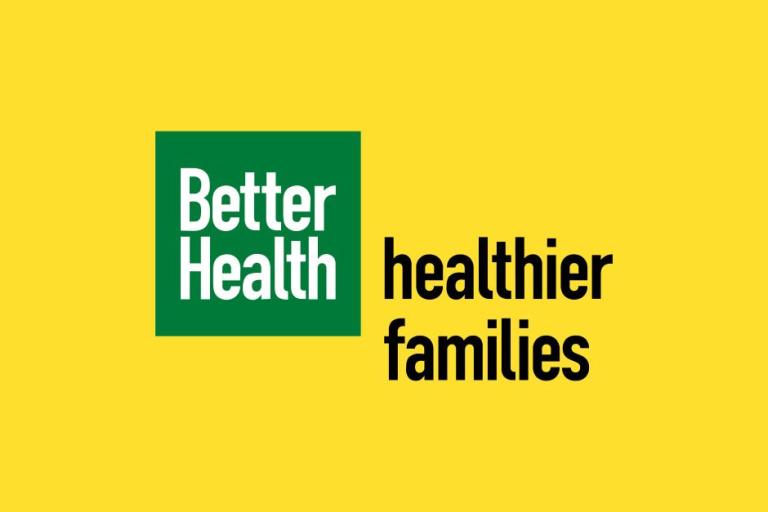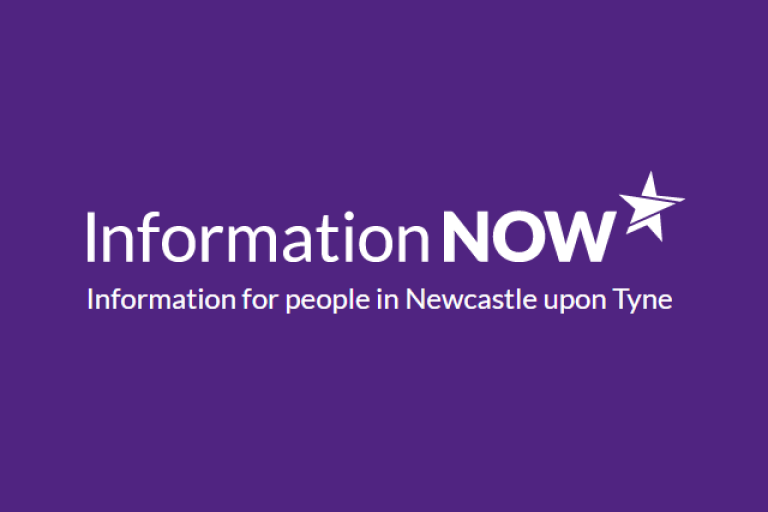Putting your baby on its tummy for ‘tummy time’ helps to build the muscles needed for crawling and sitting. Try to do this for 30 minutes over the day when baby is awake. It doesn’t need to be all at once.
Try to limit the time your child is strapped into a pushchair, bouncer or car seat as this can limit their movement. Moving helps babies to explore and learn about the world around them as well as developing muscle and core strength.
Activities to try:
- Holding toys near to baby to encourage reaching and grasping.
- Lying on your tummy with your child so they can see your face.
- Using rattles and toys that make sounds to encourage your baby to move their hands and head.
- Using a scarf or a piece of material near the baby so they can watch it move and reach for it.



